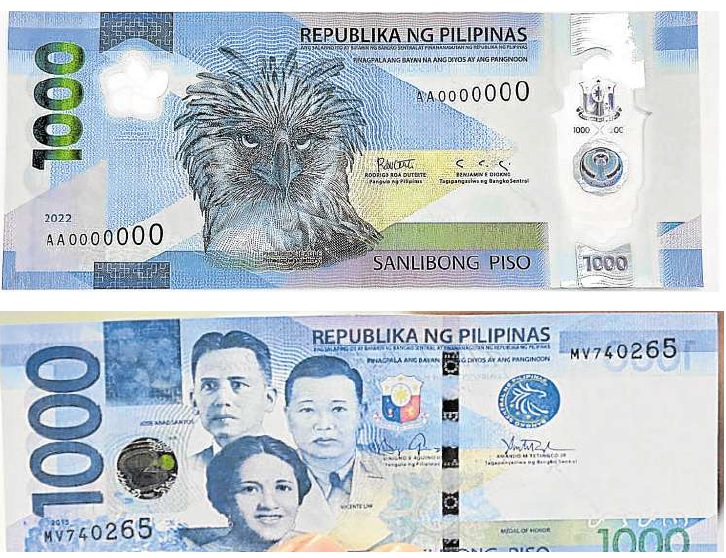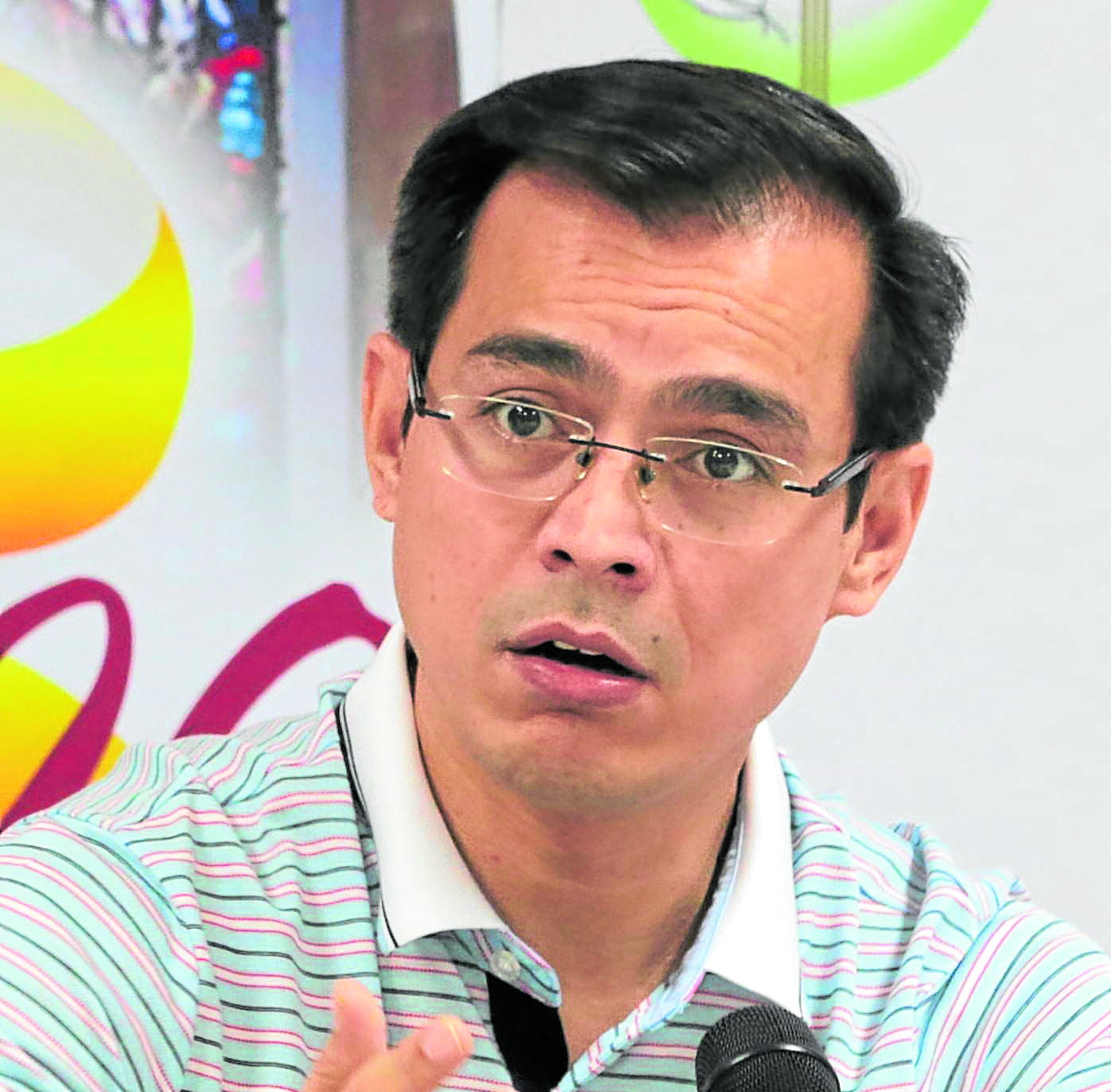Isko Moreno to BSP: Explain why pictures of heroes on P1,000 bill replaced
Manila Mayor Isko Moreno Domagoso on Monday asked officials of the Bangko Sentral ng Pilipinas to explain why they decided to replace the pictures of the three heroes of World War II on the new plastic polymer P1,000 bill with that of the Philippine eagle.
“I’m trying to call the attention of the Bangko Sentral ng Pilipinas to reconsider their decision. While it is true that the eagle should be there also, but siguro pwede namang half-way yun. Pwede naman sa kabila andun pa rin yung ating mga heroes tapos yung sa kabila yung ating national treasure, mga mahahalagang bagay o unique sa bansa natin eh andun pa rin katulad ng agila,” Moreno said after the flag raising ceremony at the Kartilya ng Katipunan monument.
Moreno said he has some reservations on what the BSP did since what they are replacing are hero-martyrs who gave their lives for their principles rooted in the love of their country and refused to give allegiance to a foreign power that will make them traitors in the eyes of their countrymen.
Moreno was referring to Chief Justice Jose Abad Santos, Josefa Llanes Escoda and Gen. Vicente Lim whose photos in the P1,000 bill will be replaced by the Philippine eagle in the bill made of plastic polymer.
“I would rather have our heroes there (on the P1,000 bill). Kaya nga alam mo sa totoo lang, siguro its high-time dahil maraming ahensya ng gobyerno, its high-time for us to create a Department of National History and Culture,” Moreno told reporters.
If elected president, Moreno said he will push for the creation of a Department of National Culture and History that will inculcate love, promotion and appreciation of our history and culture.
Among the agencies Moreno plan to put under such department are the National Commission for Culture and Arts (NCCA), Cultural Center of the Philippines(CCP), National Historical Institute (NHI), National Library, National Museum, National Archives and other related agencies.
“While it is true na okay tayo na mag-adopt sa ibang kultura pero hindi natin pwedeng kalimutan yung sariling atin, ang ating kasaysayan, kultura, mga bayani. Hindi pwedeng mawala ito kasi ito ang distinction mo bilang isang bansa. Kasi napapansin natin na parang napapabayaan na natin yung ating kasaysyayan. Dapat nga halos lahat ng nangyari sa ating bansa huwag nating ikubili so that the next generation can decide and learn from the things in the past,” Moreno explained.
The Philippines’ P1,000 bill is not only the largest denomination in general circulation in the country, it is also the only the banknote in Southeast Asia that depicts the country’s notable heroes, along with its natural wonders.
The front side features José Abad Santos, Vicente Lim, and Josefa Llanes Escoda, who all fought and died resisting the Japanese occupation of the Philippines during the Second World War.

NEW DESIGN New P1,000 bills featuring the Philippine eagle (top) will be issued in April next year. The current note features three heroes who sacrificed their lives during the Japanese occupation. —PHOTO FROM BANGKO SENTRAL NG PILIPINAS
Abad Santos was the fifth Chief Justice of the Supreme Court of the Philippines and briefly served as the Acting President of the Commonwealth of the Philippines and Acting Commander-in-Chief of the Armed Forces of the Philippines during World War II, on behalf of President Manuel L. Quezon after the government went in exile to the United States.
After about two months, Abad Santos was executed by the Japanese forces for refusing to cooperate during their occupation of the country.
Lim was a Filipino brigadier general who commanded the 41st Infantry Division, Philippine Army (USAFFE) during the Battle of Bataan. After the fall of the Philippines, he contributed to the Filipino resistance movement until his capture and in June 1944, Lim was imprisoned and tortured in Fort Santiago for the duration of the investigation and interrogation, and was later on executed.
Escoda was the founder to the Girl Scouts of the Philippines. She and her husband undertook underground activities during the Japanese occupation, including supplying medicine, food, clothes and messages to both Filipino war prisoners and American internees in concentration camps.
She was arrested in August 1944. Escoda was last seen alive on January 6, 1945, but severely beaten and weak, and was transferred into a Japanese transport truck. It is presumed that she was executed and buried in an unmarked grave.
Meanwhile, the reverse side of the P1,000 banknote retained the Tubbataha Reefs Natural Park and the South Sea pearl. The Tubbataha Reefs Natural Park is a protected marine and bird sanctuary located 150 kilometers southeast of Puerto Princesa, Palawan.
In December 1993, the UNESCO declared the Tubbataha Reefs National Park as a World Heritage Site. The South Sea Pearl, or Philippine pearl was declared as the national gem of the Philippines in 1996.
Besides the Philippines, other countries, mostly from Africa and South America, have banknotes depicting their flora and fauna. They include Fiji, Brazil, Argentina, South Africa, New Zealand.
